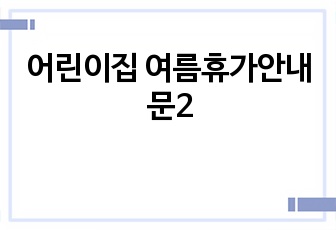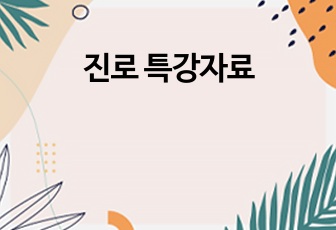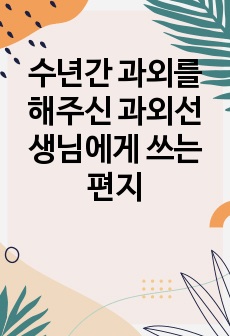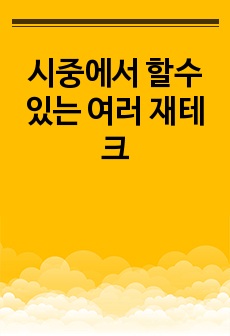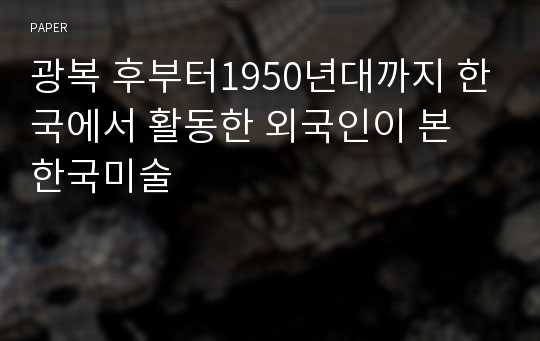광복 후부터1950년대까지 한국에서 활동한 외국인이 본 한국미술
* 본 문서는 배포용으로 복사 및 편집이 불가합니다.
서지정보
ㆍ발행기관 : 한국미술이론학회
ㆍ수록지정보 : 미술이론과 현장 / 4권
ㆍ저자명 : 조은정
ㆍ저자명 : 조은정
목차
Ⅰ. 머리말Ⅱ. 미군정기의 외국인과 한국미술
1. 야나기 무네요시 수집품의 약탈
2. 덕수궁 석조전 내부의 변경
3. 개성 만월대 막사 건설
4. 경복궁 미군 막사 건설
5. 약탈 문화재 환수
Ⅲ. 1950년대 한국미술과 외국인
1. 그레고리 헨더슨(Gregory Henderson)
2. 마리아 헨더슨
3. 맥타가트
4. 리하르트 헤르츠
Ⅳ. 맺음말
참고문헌
Abstract
영어 초록
Foreigners who arrived in Korea after the age of enlightenment were Japanese,Chinese and‘Westerners’who were Europeans and Americans. The westerners werediplomats who visited Korea for colonization or for increasing their economical profits bytrading after the spread of imperialism, and tourists curious of back countries, artists,explores and missionaries to perform their roles for their religious beliefs. They contactedwith Korean cultural and educational people as missionaries and instructors duringJapanese colonial period. In 1945, the allied forces occupied Korea under the name oftakeover of Japanese colony after Japan’s surrender and the relation between foreignersand Korean cultured men enter upon a new phase. For 3 years, American soldiers enforcedlots of systems in Korea and many pro-American people were educated. This relationshiplasted even after the establishment of the government of Korean Republic and especially,diplomats called as pro-Korean group came again after Korean War. Among them, therewere lots of foreigners interested in cultures and arts. In particular, government officialsunder American Forces who were influential on political circles or diplomats widened theirinsights toward Korean cultural assets and collected them a lot. Those who were in Korea from the period of independence to 1950s wrote theirimpressions about Korean cultural assets on newspapers or journals after visitingcontemporary Korean exhibitions. Among them, A. J. McTaggart, Richard Hertz and theHendersons were dominant. They thought the artists had great interests in compromisingand uniting the Orient and the West based on their knowledge of Korean cultural assets,and they advised. However, it was different from Korean artist’s point of view that theforeigners thought Korean art adhered oriental features and contained western contents. From foreigners’point of view, it is hard to understand the attitude Korean artistschose to keep their self-respect through experiencing the Korean war. It is difficult todistinguish their thought about Korean art based on their exotic taste from the Koreanartists’local and peninsular features under Japanese imperialism. We can see their thoughtabout Korean art and their viewpoint toward the third world, after staying in Korea for ashort period and being a member of the first world. The basic thing was that they couldsee the potentialities through the worldwide, beautiful Korean cultural assets and they thought it was important to start with traditions. It is an evidence showing Korean artists’pride in regard to the art culture through experiencing the infringement of their country. By writing about illuminating Korean art from the third party’s view, foreignersrepresented their thoughts through it that their economical, military superiority goes withtheir cultural superiority. The Korean artist’s thought of emphasizing Korean history andtraditions, reexamining and using it as an original creation may have been inspired bywesterners’writings. ‘The establishment of national art’that Korean artists gave emphasis then, didn’tonly affect one of the reactions toward external impact,‘the adhesion of tradition’.In theprocess of introducing Korean contemporary art and national treasure in America, differentview caused by role differences-foreigner as selector and Korean as assistant-showed thefact evidently that the standard of beauty differed between them. By emphasizing that thebasis to classify Korean cultural assets is different from the neighborhood China and Japan,they tried to reflect their understanding that the feature of Korean art is on speciality otherthan universality. And this make us understand that even when Korean artists professmodernism, they stress that the roots are on Korean and oriental tradition. It was obviously a different thought from foreigners’view on Korean art that Koreanartists’ conception of modernism and traditional roots are inherent in Korean history. In1950s, after the independence, Korea had different ideas from foreigners that abstract wasto be learned from the west. Korea was enduring tough times with their artists’self-respectwhich made them think that they can learn the method, but the spirit of abstract is in theorient.참고 자료
없음태그
"미술이론과 현장"의 다른 논문
 2006 한국미술이론학회 국제학술심포지엄 “현대미술과 내셔널리즘(Nationalism and Art..6페이지
2006 한국미술이론학회 국제학술심포지엄 “현대미술과 내셔널리즘(Nationalism and Art..6페이지 The two aspects of a nationalistic art in Greece, 1950~..21페이지
The two aspects of a nationalistic art in Greece, 1950~..21페이지 미군정의 문화정책과 미술, 1945~194826페이지
미군정의 문화정책과 미술, 1945~194826페이지 미국문화, 그 기로에 서서 — NEA(국립예술진흥기금)를 둘러싼 논쟁 중심으로24페이지
미국문화, 그 기로에 서서 — NEA(국립예술진흥기금)를 둘러싼 논쟁 중심으로24페이지 일제강점기 ‘전위미술론’ 의 전통관 연구 — ‘문장(文章)’그룹을 중심으로20페이지
일제강점기 ‘전위미술론’ 의 전통관 연구 — ‘문장(文章)’그룹을 중심으로20페이지 1949년~1966년 시기 중국 선전화 연구 — 유화와 포스터를 중심으로28페이지
1949년~1966년 시기 중국 선전화 연구 — 유화와 포스터를 중심으로28페이지 1930년대 상해의 모던[摩登] 여성 이미지 — 시각화된 복제미술을 중심으로17페이지
1930년대 상해의 모던[摩登] 여성 이미지 — 시각화된 복제미술을 중심으로17페이지 그리스 내셔널리즘 미술의 두 얼굴, 1950~196016페이지
그리스 내셔널리즘 미술의 두 얼굴, 1950~196016페이지 현대 한국미술과 민족주의란 두 개의 얼굴36페이지
현대 한국미술과 민족주의란 두 개의 얼굴36페이지 미술과 집단성9페이지
미술과 집단성9페이지











